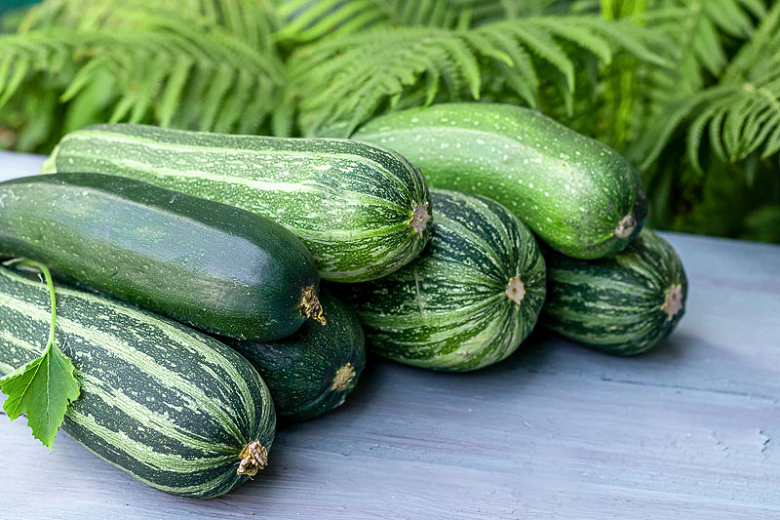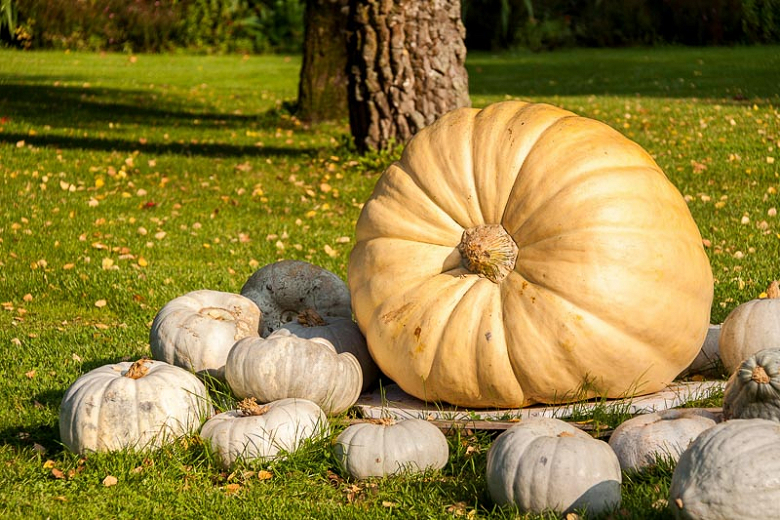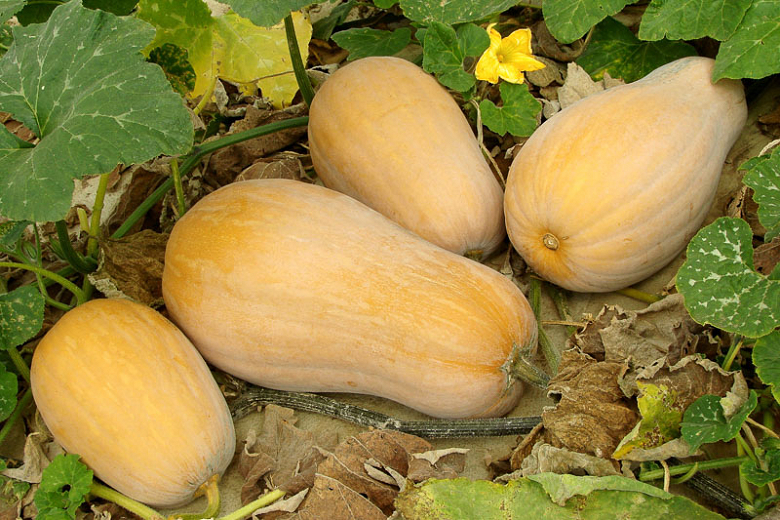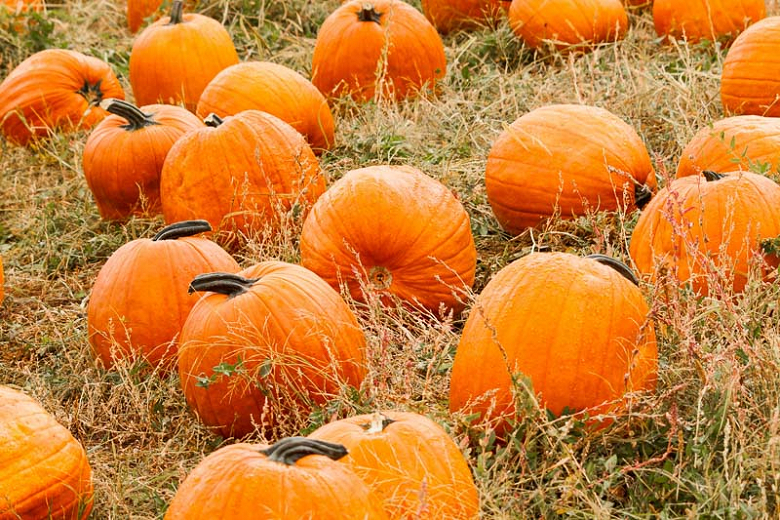Cucurbita pepo – Zucchini
A staple of summer cuisine, Zucchini (Cucurbita pepo) is a frost-tender annual grown for its fleshy, delicious fruit. A popular addition to ratatouille, mixed grills, summer salads, and stir-fries, Zucchini, also called Courgette or Baby Marrow, is easy to grow and prolific in the garden.
A staple of summer cuisine, Zucchini (Cucurbita pepo) is a frost-tender annual grown for its fleshy, delicious fruit. A popular addition to ratatouille, mixed grills, summer salads, and stir-fries, Zucchini, also called Courgette or Baby Marrow, is easy to grow and prolific in the garden.
What is Zucchini?
- Zucchini is a summer squash in the Cucurbitaceae plant family, alongside melons, spaghetti squash, and cucumbers.
- Although often considered a vegetable, Zucchini is botanically classified as a fruit, as it grows from a flowering plant and contains seeds.
- Zucchini are native to Central America and Mexico but are now one of the most popular summer squashes in the United States and worldwide.
- As a variety of summer squash, they are harvested and eaten while immature.
- Zucchini fruit is typically any shade of green, though some varieties are golden or bi-color.
- The flesh is creamy white with a spongy yet firm texture, with a sweet summer squash flavor and nuances of peppercorn and nutty undertones.
- The skin, seeds, and flesh are all edible and loaded with nutrients.
- In addition to the fruit, the flowers are also edible and offer a mild, squash-like flavor.
- Popular Zucchini cultivars include Black Beauty, Caserta, Cocozelle, Gadzukes, Gourmet Gold, Zephyr.
Health Benefits of Zucchini
- While Zucchini are a flavorful addition to many dishes, they also provide health benefits.
- Zucchini are low in calories (94% water) but are rich in vitamins, minerals, and antioxidants.
- Vitamin A: one cup of Zucchini provides 40% of your daily needs. This vitamin is essential for your eyes, immune system, heart, and kidneys.
- Manganese: one cup of Zucchini provides 16% of your daily needs. Manganese helps the body form bones, blood clotting factors, connective tissue, and sex hormones.
- Vitamin C: one cup of Zucchini provides 14% of your daily needs. Vitamin C strengthens the immune system.
- Zucchini also contain small amounts of iron, calcium, zinc, and several other B vitamins.
- Zucchini are rich in antioxidants, such as lutein, zeaxanthin, and beta-carotene, that help protect your body from damage by free radicals.
- Don't skip the skin—it contains the most nutrients!
- Nutrition Facts (one cup): 17 calories, 1 gram of carbs, 1.6 grams of protein, 0 grams of fat, 1 gram of fiber.
Cooking with Zucchini
- Zucchini are mild in flavor and one of the most versatile summer squashes.
- Sliced Zucchini can be grilled, steamed, sautéed, or battered and fried.
- Zucchini can be stuffed with meats, cheeses, or grains and then baked.
- They can be an excellent low-carb substitute for traditional noodles in pasta preparations.
- While they are usually served cooked, Zucchini work well in salad recipes, with dips, or as a wrap.
- The Zucchini flowers have a soft, delicate texture and can be stuffed with soft cheeses and herbs, then battered and fried.
- Zucchini will store best when kept dry and refrigerated for one to two weeks.
Growing Zucchini
- Bush Zucchini grow up to 2-4 feet tall (60-120 cm) and 1-4 feet wide (30-120 cm). Vining Zucchini grow up to 6-10 feet tall (180-300 cm) and 6 feet wide (180 cm).
- They perform best in fertile, acidic to neutral (pH ranging from 5.5 and 6.8), moist, well-drained soils in full sun (at least 6-8 hours of direct sunlight per day) in a sheltered location.
- If your soil lacks nutrients, add well-rotted organic matter or compost before planting.
- Keep the soil evenly moist but not soggy. Regulate irrigation to avoid excessive moisture or water stress.
- Do not splash the leaves when you water the plant. Prevent disease problems by keeping them dry.
- Depending on the variety, Zucchini take 45-55 days to harvest after planting.
- Zucchini are usually direct-seeded after the danger of frost has passed, and the air and soil temperatures are at least 60°F (15°C).
- Seed can also be started indoors about 2-4 weeks before the last spring frost date, with young plants set out after the last frost date. However, seedlings do not always transplant well.
- Planting in rows: Sow seeds 1 inch deep (2.5 cm) and 2-3 inches apart (5-7 cm) in rows that are 2-3 feet apart (60-90 cm). Thin plants so that they are 6-8 inches apart (15-20 cm) once they are 4-5 inches tall.
- Planting in hills (raised mound of soil): Sow 3 or 4 seeds 1 inch deep ( 2.5 cm) cm) in hills that are 3-6 feet apart (90-180 cm).
- Planting in hills benefits: Hills enable the soil to warm faster early in the season, provide better drainage, and allow for increased pollination (since several seeds are planted together).
- Water thoroughly after planting.
- Cover plants with a floating row cover in order to protect them from insects and late cold snaps.
- Remove the row cover when the plants begin to flower so insects can pollinate the flowers, or you will not get any fruit.
- Mulch to retain moisture, keep the soil warm, and control weeds.
- Plant every 10 to 14 days to obtain a continuous supply during the growing season.
- Fertilize every 10–14 days with a high potassium liquid fertilizer, such as tomato feed, once the first fruits start to swell.
- Rotate crops: Prevent problems by not planting any member of the cucurbit family (cucumbers, melons, and squash) in the same place more often than every four years.
- Zucchini are susceptible to a few pests. Keep an eye out for aphids, cucumber beetles, squash bugs, squash vine borers, slugs, and snails.
- Zucchini are susceptible to diseases, including squash bacterial wilt, squash blossom blight, squash downy mildew, squash powdery mildew, and gray molds.
Plant Hand Pollination
- Zucchini plants produce male and female flowers. However, only pollinated female flowers produce fruit.
- Bees are the main pollinators of Zucchini plants.
- In case of poor pollination, because of weather conditions or a lack of pollinators, you can try to hand-pollinate your plants yourself.
- Remove a male flower (no swelling at its base) and brush the central parts against the center of a female flower (female flowers have a tiny fruit at the base).
- If the female flower is pollinated, it will shrivel and closes, and a tiny zucchini will begin to form and grow into a full-size fruit.
- If there is no pollination, the tiny fruit will shrivel and drop from the plant.
Harvesting and Storing
- Harvest time depends on the variety, but usually, Zucchini are the most tender and have the best flavor when they are young.
- Harvest them when they are 3 and 8 inches long (7-20 cm) before the flesh gets woody and the seeds harden.
- Carefully cut fruits off the plant with pruners or a knife.
- Regular harvesting will encourage more fruits to develop.
- The flowers can be harvested too! They have a slightly sweet flavor and can be stuffed and fried or simply eaten raw in salads.
- Finish harvesting before the first fall frost. Zucchini is highly susceptible to frost and heat damage.
- To help them store longer, harvest with at least an inch of stem still attached.
- Zucchini will keep best when kept dry and refrigerated for one to two weeks.
Best Companion Plants
Requirements
| Hardiness | 2 – 11 |
|---|---|
| Climate Zones | 1, 1A, 1B, 2, 2A, 2B, 3, 3A, 3B, 4, 5, 6, 7, 8, 9, 10, 11, 12, 13, 14, 15, 16, 17, 18, 19, 20, 21, 22, 23, 24, A1, A2, A3, H1, H2 |
| Plant Type | Annuals |
| Plant Family | Cucurbita – Squash |
| Exposure | Full Sun |
| Season of Interest | Summer (Mid,Late)Fall |
| Height | 2' – 10' (60cm – 3m) |
| Spread | 1' – 6' (30cm – 180cm) |
| Water Needs | Average |
| Maintenance | High |
| Soil Type | Loam, Sand |
| Soil pH | Acid, Neutral |
| Soil Drainage | Moist but Well-Drained, Well-Drained |
| Tolerance | Rabbit |
| Attracts | Bees |
| Garden Uses | Beds and Borders, Patio and Containers |



